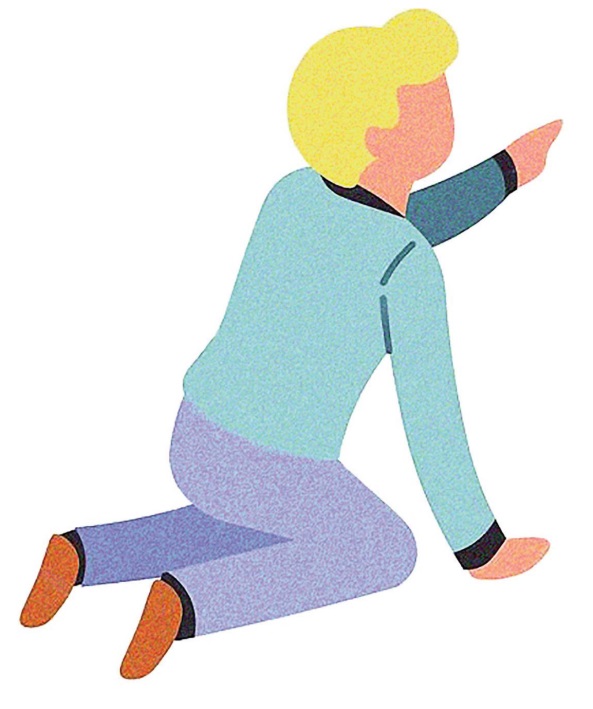BEST OF EP: APRIL 2020

"Children with autism might not be receiving or processing vestibular information effectively. It is possible that, instead of augmenting accurate vestibular information, the visual and proprioceptive systems are providing all the information they use to navigate the world."
VESTIBULAR TREATMENT FOR CHILDREN WITH AUTISM
BY ROBIN ABBOTT, MS, OTR/L

As an experiment, walk through a room and choose to stop directly on the threshold of the doorway. As you do this, think about the planning involved. Estimating the steps remaining to get to the threshold (which can be done visually, based on the speed with which the doorway seems to be approaching), and when you need to slow down to achieve stillness just when you want to (which can be sensed proprioceptively – using your muscles and joints).
Now, as you stop, pay attention to the muscles involved in halting your forward momentum, and all the associated muscles that have to contract to keep from using too much force to stop, and actually falling backward. These split-second reactions can only be processed and executed accurately by using vestibular information.1 The other two methods, vision and proprioception, require more cognitive processing and depend on potentially unreliable information. The visual method of orientation could break down if it gets confused by movement occurring beyond the doorway, or if it is limited by low lighting. The proprioceptive system can be thrown off by a change in walking surface, such as hard floor to carpeting. But the vestibular system provides accurate information that the body uses quickly and reliably, because of its direct connections to the motor centers of the brain and the skeletal muscles.